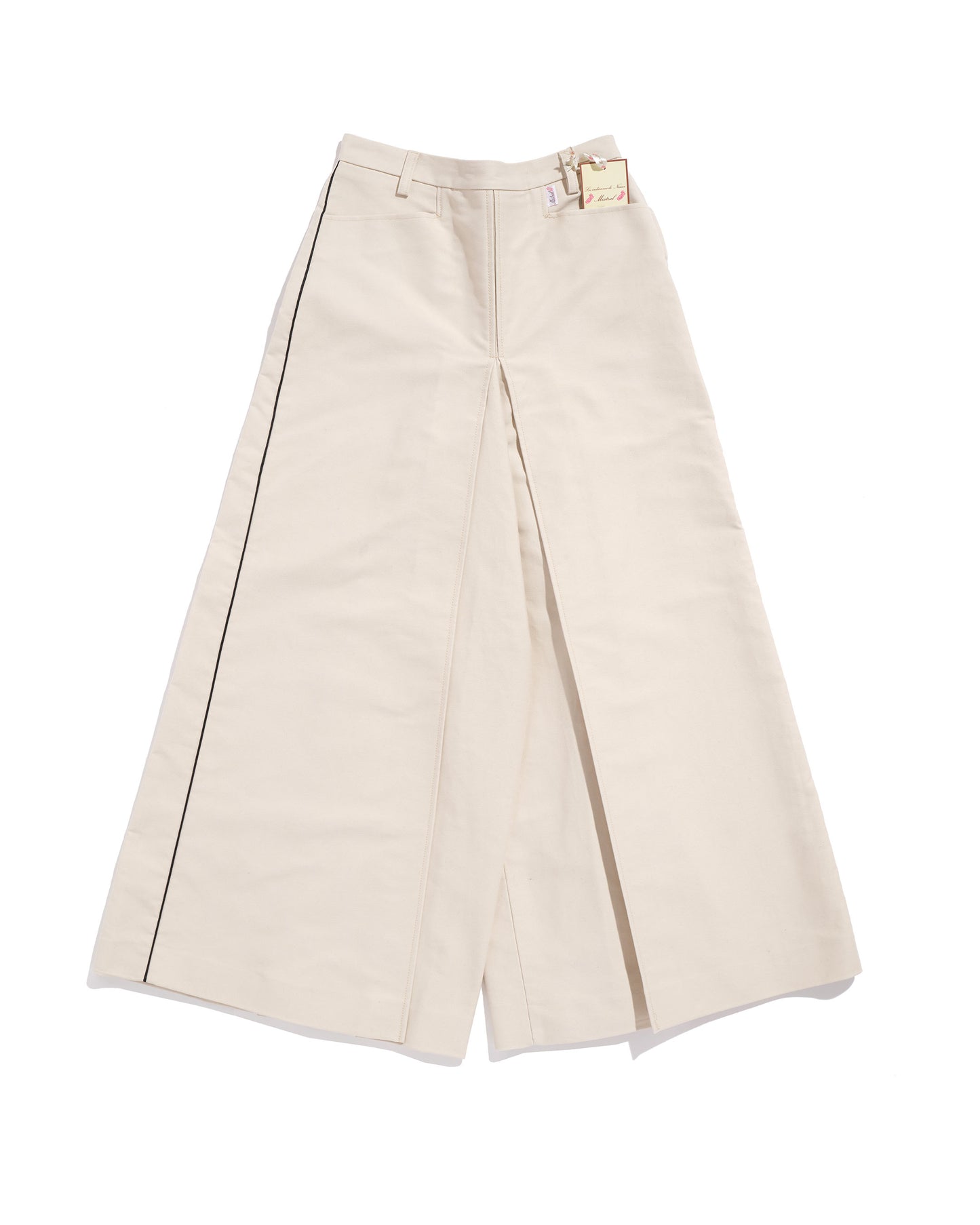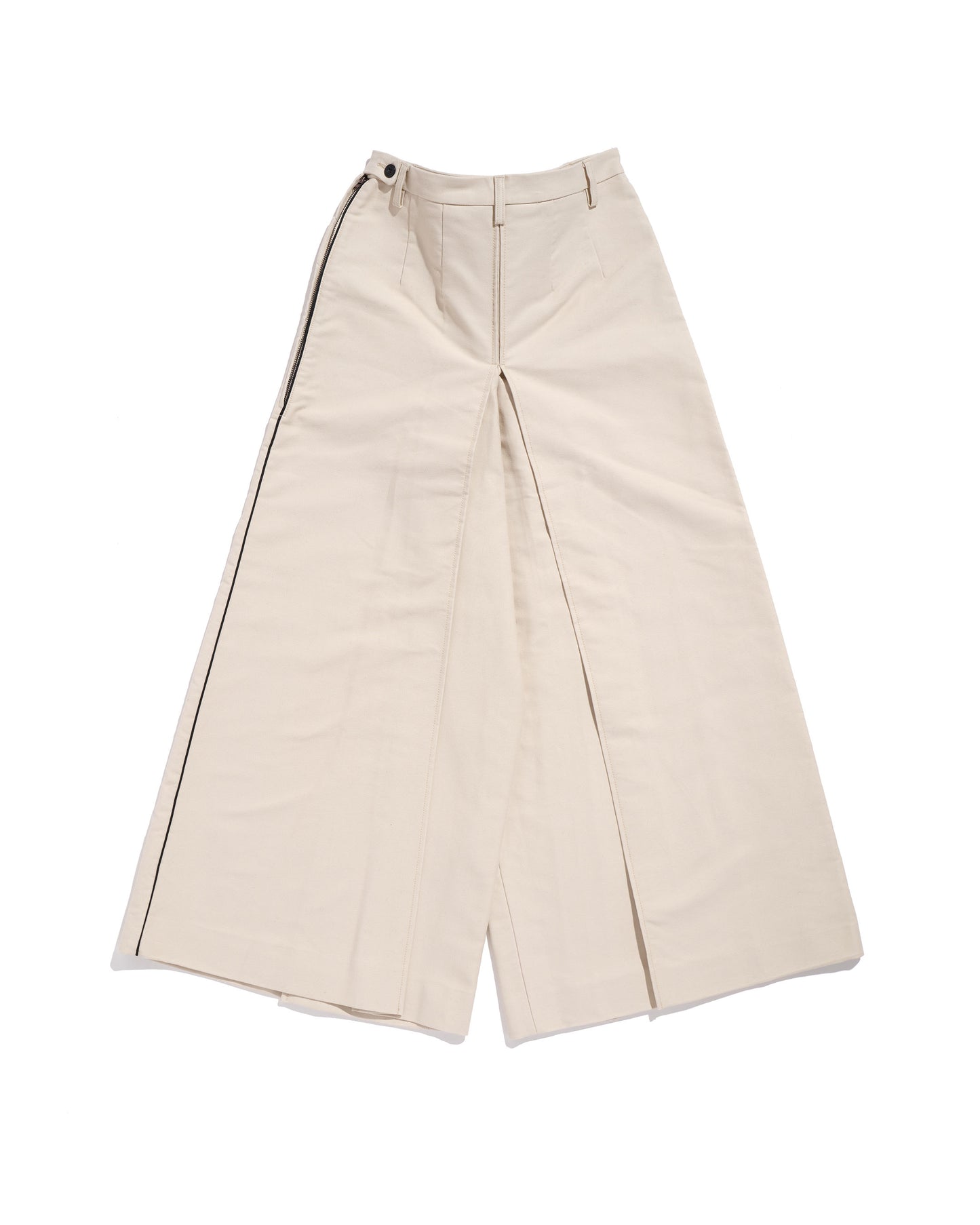Gardiane moleskin culottes - ecru
Made from a soft and durable moleskin, also known as "mole skin," the Camargue women's culottes are designed for riding. Their long, gusset cut makes them modern and comfortable. Worn and fitted at the high waist and hips, they create a sleek and structured silhouette. They are finished with black piping on each leg. The culottes fit true to size; choose your usual size. See the size guide.
Regular price
€140,00
Color
Ecru
Size
Gardiane moleskin culottes - ecru
Regular price
€140,00
Color
Ecru
Size


